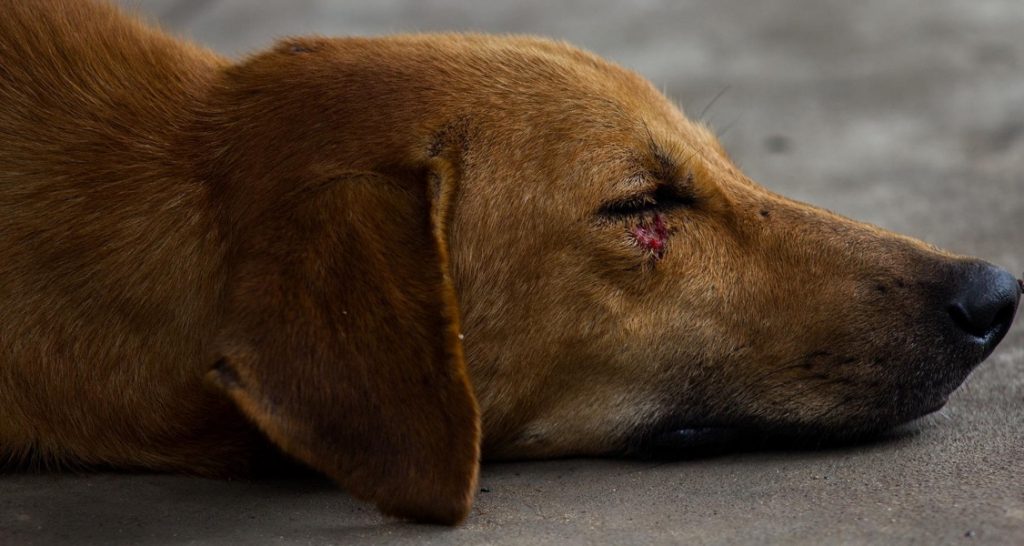When your pet’s injured, it can feel pretty scary. Getting your companion to the vet is an essential first step. Animals’ wounds are vulnerable while they heal, with potential problems developing at any time. However, new medical innovations have improved wound care for pets. Biomaterials play a significant role in new wound healing technology, speeding up recovery and helping chronic wounds heal.
What Is the Wound Healing Process?
Wound healing happens in several stages. The inflammatory phase begins after hemostasis when blood vessels constrict and dilate to ensure proper blood delivery. As the blood clots, macrophages arrive on the scene. These white blood cells engulf harmful bacteria and remove debris from the wound. Minor swelling may occur at the wound site during this stage.
Next comes the proliferation stage, in which an animal’s body begins rebuilding tissues. Some of these proteins form an extracellular matrix that supplies structural support to the newly grown tissues. Fibroblasts around the wound produce new collagen. This process fuels the growth of new skin and granulation tissue, which fills empty areas inside the injury. Angiogenesis forms new capillaries, supplying blood to the site.
Remodeling is the last phase of wound healing. New collagen organizes along skin tension lines to create an extracellular matrix. As the wound shrinks in size, scar maturation allows the new tissue to take shape.
What Is a Chronic Wound?
Many wounds go through an orderly healing process. Those that don’t are chronic wounds, which do not heal after three weeks of standard wound care. Several factors prevent these wounds from moving to the proliferation stage:
- Bacterial infections
- Excess pressure on the wound
- Poor nutrition
- Inhibited blood flow
- Inappropriate treatment
These factors present unique challenges in wound care for pets. Some chronic wounds do not heal but don’t get any worse. Others may develop necrotic tissue or gangrene. Left untreated, necrotic or gangrenous wounds can cause sepsis leading to organ failure, shock, and death.
How Do Biomaterials Help Wounds Heal?
Smart wound care has been a hot topic in human medicine for several years. Naturally derived polymers can mimic the body’s native tissues, supplying a framework for healing. These biomaterials include proteins and polysaccharides that replicate the extracellular matrix. Thanks to this biomimicry, the body treats biomaterials like its own ECM.
New biomaterials in wound healing technology include BioSIS, a collagen-based ECM. The key to this biomaterial is SIS, developed by Cook Biotech using porcine small intestinal submucosa. Both native ECMs and SIS include vital healing components like collagen, elastin, and growth factors.
Like ECM, SIS serves as scaffolding that attracts macrophages and fibroblasts. As an animal’s wound heals, SIS integrates into the body. Eventually, the animal’s own cells replace the SIS scaffolding. Veterinary practices in North America have already begun using BioSIS for wound management.
Better Healing, Healthier Pets
Wound care for pets isn’t much different than for humans. Like our own bodies, our pets’ bodies use a sophisticated process for healing injuries. Biomaterials act like native body tissues to help this process go more smoothly. This new wound healing technology is becoming a critical part of veterinary care.
